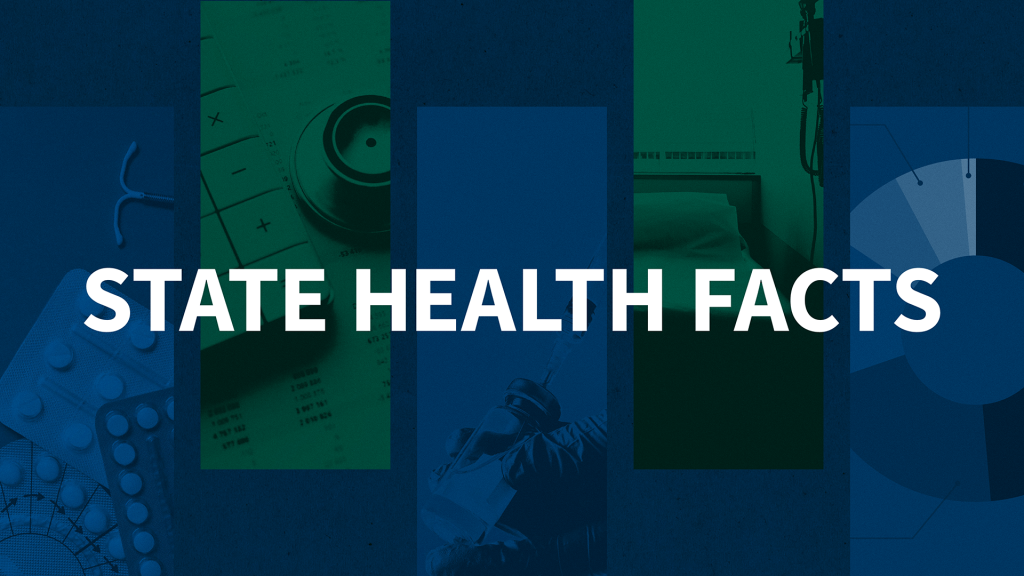Unwinding the PHE: What We Can Learn From Pre-Pandemic Enrollment Patterns
This brief examines typical enrollment patterns for Medicaid and CHIP and uses 2018 Medicaid claims data to gain insight into the effects of the continuous enrollment requirements by eligibility group. Roughly 2% of Medicaid enrollees come on or leave the program in an average month, although there is variation across eligibility groups. A policy to require continuous enrollment would result in sharp reductions in monthly disenrollment rates and would also reduce monthly enrollment rates due to reductions in churn.
